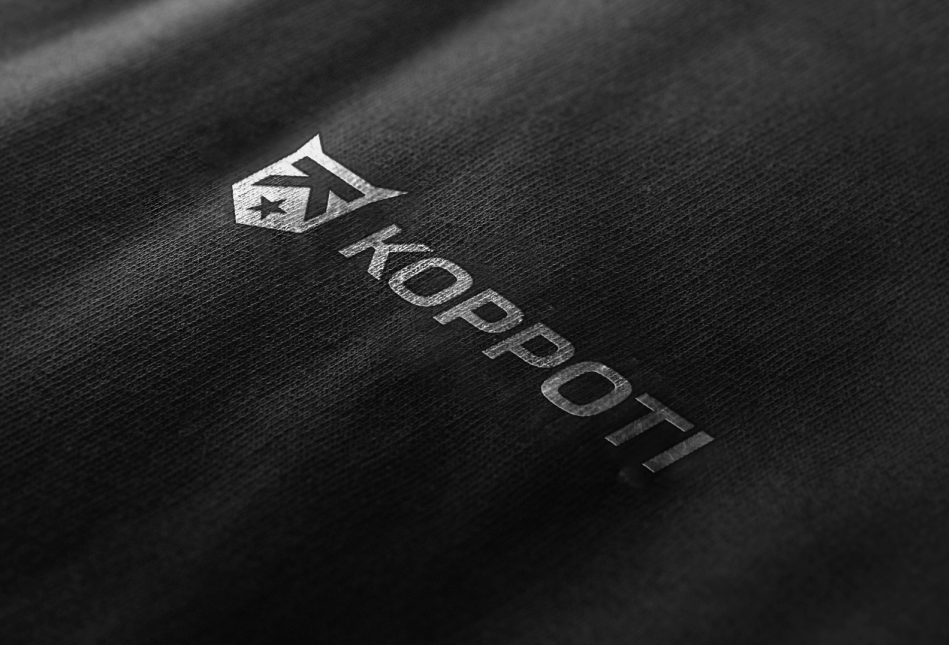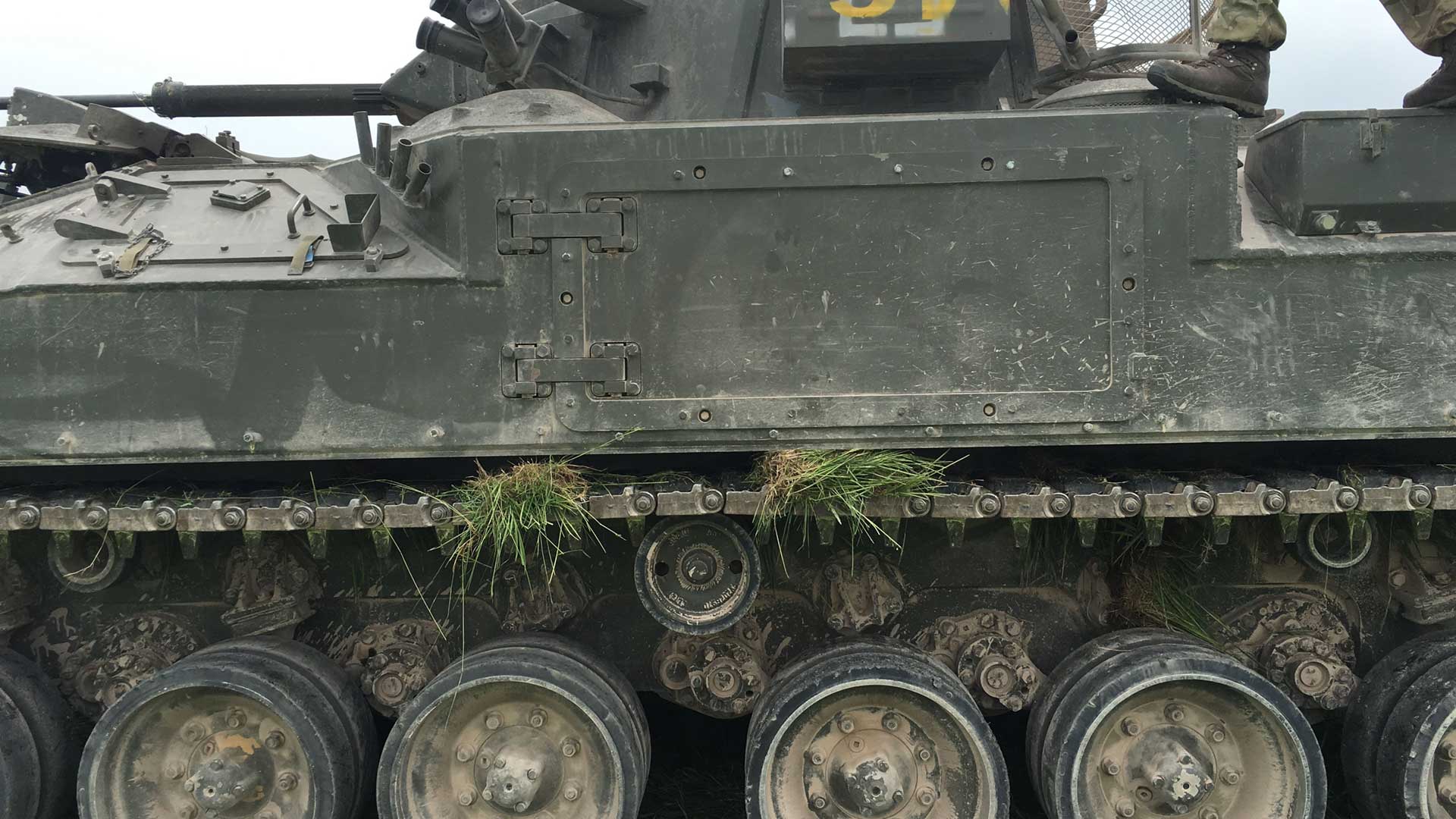This week has seen members of the Cubby team providing principal events support for key tech client MARSS, and partners, at a defence event at Thorney Island, Portsmouth.
The JCO 7AD CUAS Exposition, organised by the Joint Counter-UAS Office (JCO) and the 7th Air Defence Group (7AD), gave a platform to explore strategies to counter the evolving threat posed by drones around the world.
Alongside seminars and workshops were opportunities to showcase new technologies in fields such as radar, cameras, command & control systems, jamming technology, radio frequency and GPS monitoring to the British Army, RAF, Royal Navy, NATO and others.





